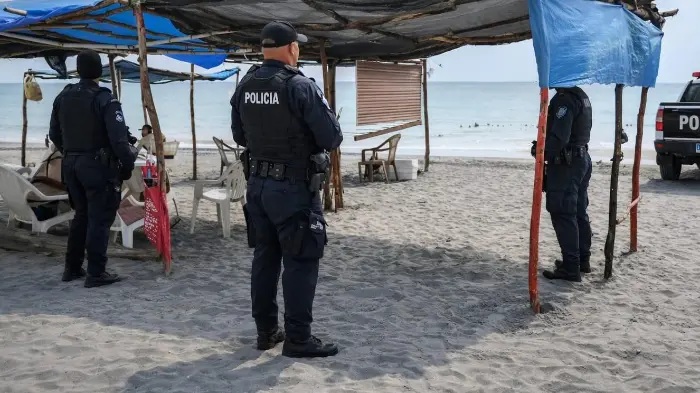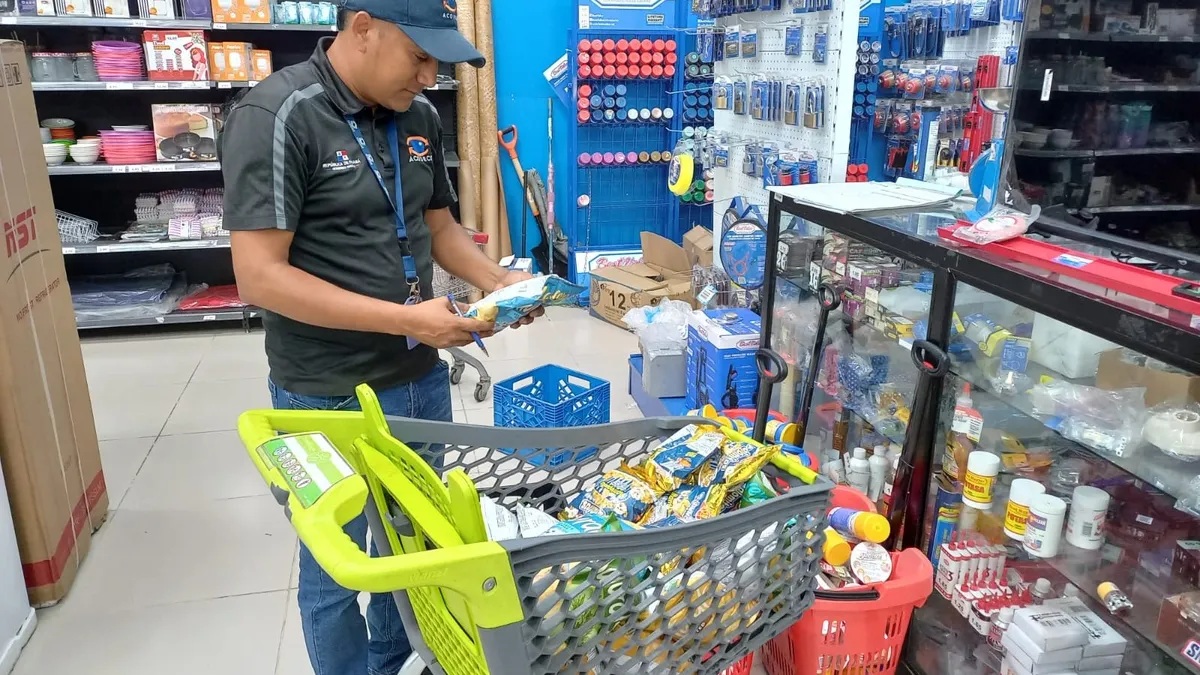Playa Venao – Beyond the beach a cameramans paradise

By Jonathan Clay*
A SANDY bottom and no rocks in sight, the main wave breaking left and right year round, a gentle off-shore wind carving almost every wave to perfection, there is little wonder that Playa Venao is hailed as Panama’s premier beach break. But it offers so much more than epic waves and you don’t have to venture far from the shore to discover some genuine Panamanian wonders
Playa Venao is surrounded by some of the Azuero Peninsula’s largest patches of tropical dry forest: the rarest and most threatened of tropical forest types. These forests house a wealth of plant and animal diversity that is sure to leave visitors wishing that they had brought along those extra memory cards for their cameras.
On an average stroll through the forest one can expect to find troops of Azuero howler monkeys (Alouatta palliata trabeata) browsing on the fruits and leaves of the forest canopy, simply follow the deep throaty howls that echo through the forest! Lucky hikers might even catch a glimpse of troops of feisty Azuero spider monkeys as they brachiate noisily through the tree top banquet of ripe seasonal fruits. Panamanian white-throated capuchin monkeys (Cebus capucinus imitator) can also be seen scurrying from branch to branch as they dine on fruits, honey and protein-rich seeds.
But don’t spend too much time with your head cranked upwards or you might miss Playa Venao’s namesake, the Panamanian white-tailed deer or “venado cola-blanca” (Odocoileus chiriquensis) bounding by. These shy animals once populated the area in massive quantities but, sadly, have been hunted nearly to extinction. Panamanian law protects the shrinking populations, but they still are threatened by illegal poaching and habitat loss. As you watch for the elusive deer, don’t forget about the snack you left unguarded in your daypack a few paces back or else a hungry herd of coati-mundi (Nasua narica fanamensis) may turn it into their lunch as they rummage with their long pointy noses through the leaf litter scattered about the forest floor!
Panama isone of the world’s top birding destinations. and Playa Venao is in the flight path of hundreds of species of migratory and resident birdsus orchestra of the tiny forest songsters to melodiously usher forth. Cocoa woodcreepers (Xiphorhynchus picus), pale-vented pigeons (Patagioenas cayenninsis), black-hooded antshrikes (Thamnophilus bridgesi),pale-eyed pygmy tyrants (Atalotriccus pilaris),Tennessee warblers (Vermivora peregrina), keel-billed toucans (Ramphastos sulfuratus), boat-billed flycatchers (Megarhynchus pitangua), plain-breasted ground-doves (Columbina minuta), orange-chinned parakeets (Brotogeris jugularis), rufous-capped warblers (Basileuterus rufifrons), bare-throated tiger herons (Tigrisoma mexicanum), and Azuero painted parakeets (Pyrrhura eisenmanni) are just some of the many species of orniths you can hear chirruping throughout the day. If you are one of the extremely lucky ones, and Jupiter is aligned with Mars’ odd moon, you may even catch a rare glimpse of Panama’s national bird, the Harpy eagle. With just one confirmed sighting in the Azuero over the past several decades, seeing one of these flying feathered dinosaurs would be a t rare and unusual treat. If you think you’ve sighted a rare bird in the Azuero and are able to snap a photo, be sure to send it to the Panama Audobon Society to confirm your sighting (http://www.audubonpanama.org/?lang=en).
There’s lots more wildlife to like green iguanas (Iguana iguana), the black iguanas (Ctenosaura similis), the basilisk or “Jesus” lizards (Basiliscus basiliscus), but I’ll leave those homely heliophiles for another post. But I hope I have raised your interest enough to get you escape the hot sun and venture into the forest to explore some of Venao’s rich wildlife Just about faced from the beach armed with a good pair of hiking shoes, a camera, some binoculars, snacks, and plenty of water.
I encourage visitors to enjoy nature responsibly and suggest they contract local wildlife guides who know the area and who are experts in identifying local flora and fauna. Remember to always maintain a safe distance from wildlife, do not approach or attempt to feed wild animals, as their behavior can be unpredictable and potentially dangerous. For anyone interested in contacting a reliable guide while at Playa Venao, please message me and I’ll be happy to provide you with more information: Jonathan@panamaequity.com.
*Jonathan Clay is a nature lover who works at Panama Equity. Real Estate





